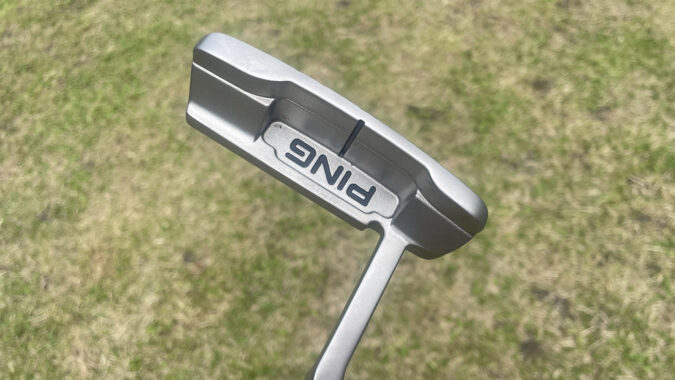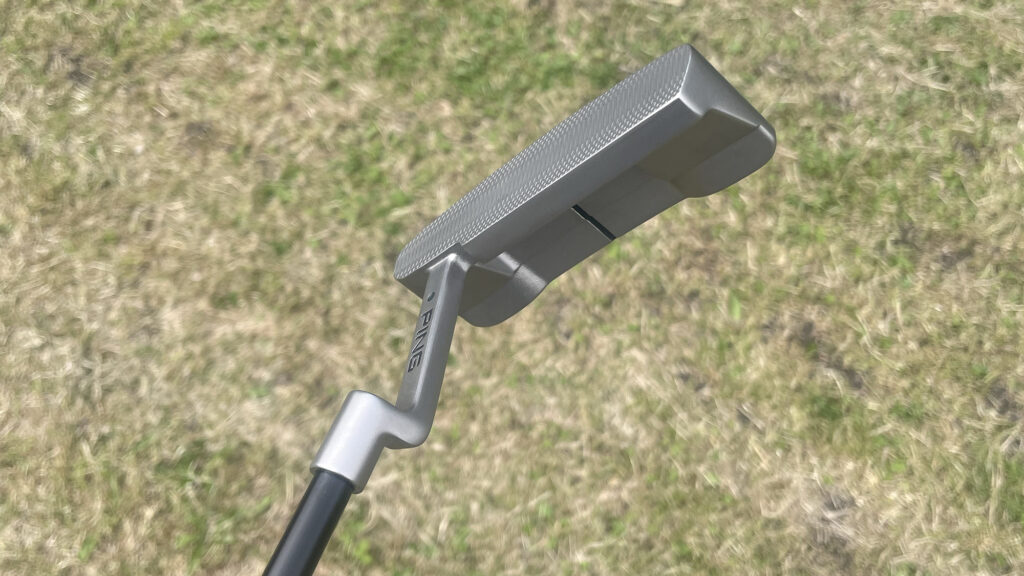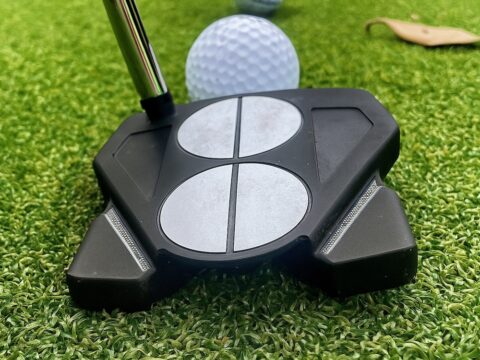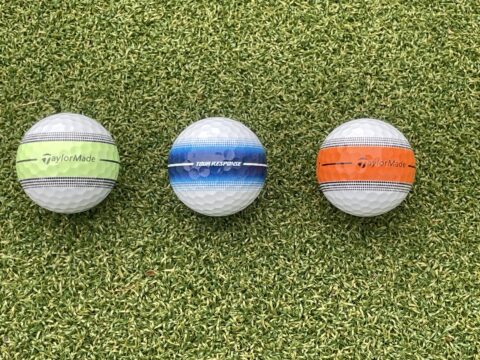
Ping consulted their Tour players in the design of this putter, which is a variation on their classic Anser design, with a slightly wider footprint which offers a little more stability and forgiveness for those who enjoy using blade putters but who need a little helping hand.
It forms part of the brand’s six new additions to the “New Ping Putters” line up, which was initially launched in 2023 with 12 models. In March 2024 Ping added six more to the line up including the Anser D, and I recently got to put it to the test to see what it could do.
I’m a big Ping guy and have a decent sized collection of classic models, including several Anser putters, so I was eager to see how the new Anser D, with it’s slightly larger footprint, would compare to the old classics.
I always enjoy dusting off the old Ansers and having a little go with them, but I’m the first to admit I’m not great with them. Blade putters don’t really suit my stroke but from the moment I got this in my hands I felt good about it. How did it perform though? Let’s find out.
Stunning. It ticks every box for me. The head cover is under-stated but classy with the white branding on black leather. I always think of black and white when it comes to Ping and it never feels right when they venture into other colour schemes, whether it’s on bags or club designs. Stick with the black and white, Ping, it really works for you.
I love the classic Ping Man mid-size grip (the coolest looking putter grip out there for me) and the black composite shaft really contrasts nicely with the silver head. The milled face adds to the premium look and it’s just a great looking putter, both in the bag and over the ball.

It has a milled face so I didn’t expect it to be the softest feeling, and it isn’t. Not everyone enjoys that anyway, and I don’t think there will be any complaints about the feel from the Anser D. It’s solid without being overly firm. As with most putters it feels much better out of the sweet spot than when you miss it, and for whatever reason I felt like I was able to find the sweet spot a lot more consistently than I usually would with a blade putter. More on that below.
In terms of the sound, again there’s nothing wrong with it and it sits somewhere in the middle between muted and loud. It gives a nice ‘tock’ sound at impact and is nothing like the high pitched ‘ping’ that comes from the original Anser putters from back in the day.

Blade putters aren’t usually my thing. I’d love them to be, but I don’t have an arced stroke and I’m not a particularly consistent ball striker, so I prefer the straight back and through, extra forgiveness you get with a larger head. And yet I immediately took a shine to this putter and was really surprised at how I was able to consistently keep finding the middle of the face. I must have hit at least a couple of hundred putts with it at home on my artificial turf putting green before I eventually took it out onto the course. I already felt confident with it thanks to how well it had gone in practice at home. The first putt I had with it on the course was a six footer for birdie that came right off the sweet spot and found the middle of the cup. After that I putted well by my standards, with just the one three putt which came as a result of massively over-hitting a 12 foot birdie attempt and then missing an eight footer coming back. They were nicely struck putts though, and that’s the most pleasing/surprising thing I experienced when using the Anser D.
I think that extra depth it has makes all the difference for me. The bigger head takes nothing away from the aesthetic of a blade, but it just gives that bit more stability and forgiveness, which promotes more confidence when you’re standing over a putt.

I love this putter. I’ve got a lot of blade putters in my collection and most of them I wouldn’t ever consider using on the golf course. If I had to put this in play though I’d be more than happy to do so. It’s a premium looking, premium performing offering from a brand with an unmatched history when it comes to putters.







